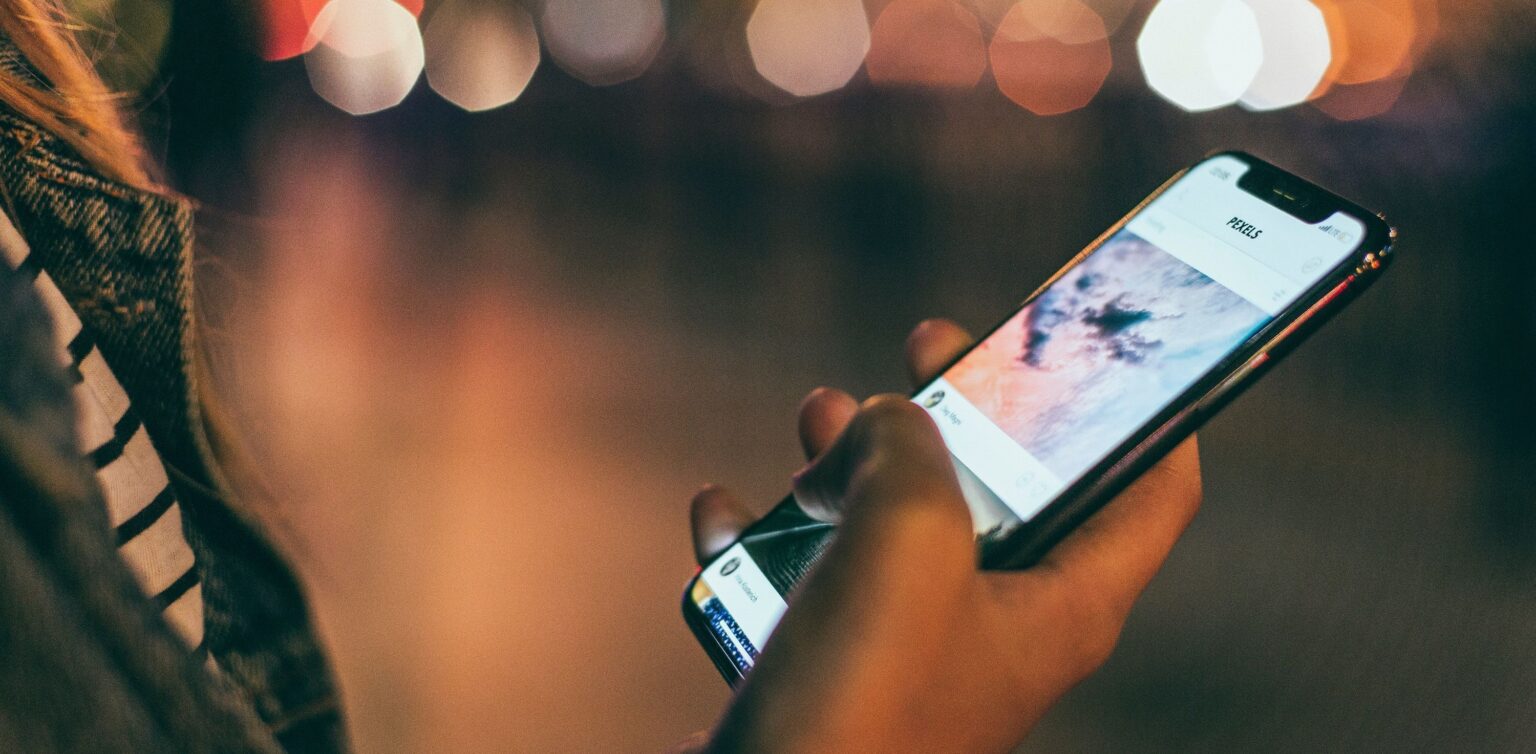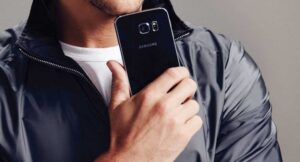Kids today will never know the agony of a dial-up connection. And by switching to 4G or – even better – 5G, the frustration of buffering and lag time will be a thing of the past for you, too.
What does it all mean?
The “G” stands for “generation” and the number in front of it refers to which generation of wireless technology your cellular data network is using. Or even more plainly: how your phone is connecting to the internet when you’re not on Wi-Fi. As with everything, data technology gets better over time. So the latest data networks (4G/LTE and 5G) are much faster and more stable than the previous options (3G and 2G/EDGE). That means no buffering when you stream videos, faster downloads of file attachments, clearer conference calls, and smoother gaming. Sounds awesome, right? Here’s how to get started.
1. Check your location.
First you’ll need to check whether or not your area supports 5G. You can do that easily on the Vodacom website – simply type your address into the search bar and you’ll get an instant answer. If you don’t have access to 5G in your area yet, choose a 4G deal and ask to be added to Vodacom’s waiting list so you’ll be notified when 5G becomes available in your area.
CLICK HERE to check your area.
2. Make sure you have a compatible phone.
Older model phones won’t be able to pick up the 5G network. If you’re an iPhone user, you’ll need an iPhone 12 or iPhone 13 – all the phones in this range support 5G. For Android users, Samsung gives you more options – the Galaxy Z Fold and Flip models, Galaxy Note20 range and the Galaxy S21 are all possibilities. For other brands or if you’re unsure, it’s best to ask in-store or get a 5G deal that comes with a 5G-enabled phone.
What if I have 5G at home but I visit an area that doesn’t support it?
No problem! Your phone will automatically pick up the network that is available in the area and switch to 4G or 3G without you having to do a thing.
Help! I’m still just trying to switch from 3G to 4G…
If you don’t have a 5G-capable device yet, you can still enjoy faster internet speeds on the 4G network. Using 4G (aka LTE) won’t cost you more in data charges than 3G. Plus, 4G covers more than 96% of South Africans. You can check coverage across all data networks and Vodacom’s coverage map.
CLICK HERE to view Vodacom’s coverage map.
You’ll need a 4G-enabled smartphone, but if you’ve upgraded your phone in the past five years, you should be good to go. For Apple users, any device from iPhone 5 onwards will support 4G and there are many options on Android – ask in-store.
Switch to 4G on iPhone
1. Open Settings.
2. Select Mobile Data.
3. Select Mobile Data Options.
4. Select Voice & Data.
5. If you see 4G as an option, that means your phone supports it. Select it and you’re all set.
Change to 4G on Samsung/Huawei
1. Open Settings.
2. Select Connections.
3. Select Mobile Networks.
4. Select Network Mode.
5. Select LTE/3G/2G auto connect – your phone will now automatically choose the fastest available data network.



